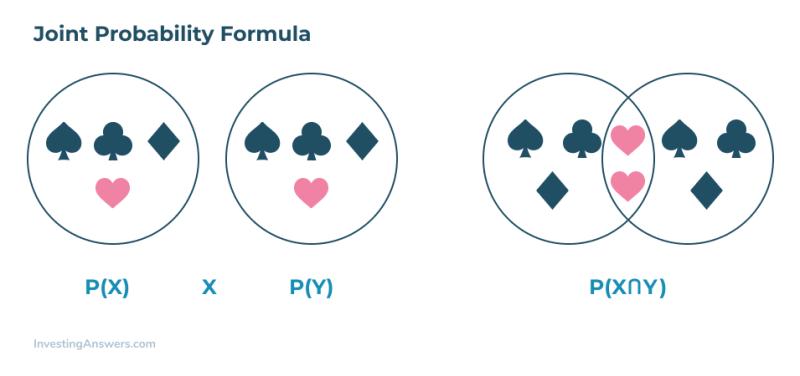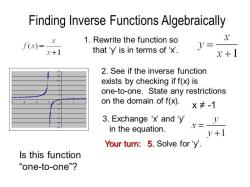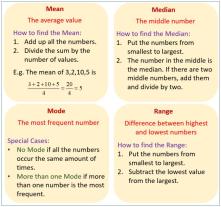How do you calculate a joint probability?
To calculate the joint probability of two or more events, you use the formula:
This formula gives you the probability that both events A and B occur simultaneously. The joint probability is calculated by dividing the number of outcomes where both events occur by the total number of possible outcomes.
Formula for Joint Probability:
Steps to Calculate Joint Probability:
Identify the Events:
- Clearly define the two events for which you want to calculate the joint probability (e.g., Event A and Event B).
Determine the Favorable Outcomes:
- Identify the outcomes where both events A and B occur. These are the favorable outcomes for the joint event.
Count the Total Possible Outcomes:
- Determine the total number of possible outcomes for the situation. This is the denominator in the probability formula.
Apply the Formula:
- Substitute the values into the formula for joint probability.
Example:
Suppose you have a standard six-sided die, and you want to calculate the joint probability of rolling a 4 (Event A) and rolling an even number (Event B).
Identify the Events:
- Event A: Rolling a 4
- Event B: Rolling an even number (2, 4, or 6)
Determine the Favorable Outcomes:
- The favorable outcome for both A and B is rolling a 4.
Count the Total Possible Outcomes:
- There are six possible outcomes on a six-sided die (1, 2, 3, 4, 5, 6).
Apply the Formula:
So, the joint probability of rolling a 4 and rolling an even number on a standard six-sided die is .
How do you compute the probability of events occurring together in joint probability?
The probability of events occurring together, known as the joint probability, can be calculated using the following formula:
P(A and B) = P(A) * P(B | A)
where:
- P(A and B): Joint probability of events A and B occurring together.
- P(A): Probability of event A occurring.
- P(B | A): Conditional probability of event B occurring given that event A has already occurred.
Here are the steps to calculate the joint probability:
- Determine the probability of event A (P(A)). This can be done by counting the number of outcomes favorable to event A and dividing it by the total number of possible outcomes.
- Determine the conditional probability of event B occurring given that event A has already occurred (P(B | A)). This can be done by counting the number of outcomes that satisfy both events and dividing it by the number of outcomes where event A has already occurred.
- Multiply P(A) and P(B | A) to get the joint probability P(A and B).
Here's an example to illustrate the calculation:
Suppose you have a bag containing 5 red balls and 5 green balls. You randomly draw one ball without replacement.
Event A: Drawing a red ball.Event B: Drawing a green ball.
P(A): Probability of drawing a red ball = 5 red balls / 10 total balls = 0.5P(B | A): Probability of drawing a green ball after drawing a red ball = 4 green balls remaining / 9 total balls remaining = 4/9
Joint Probability (P(A and B)): P(A) * P(B | A) = 0.5 * 4/9 = 2/9
Therefore, the probability of drawing a red ball followed by a green ball is 2/9.
Here are some additional points to keep in mind:
- The joint probability is always between 0 and 1.
- If two events are independent, their joint probability is simply the product of their individual probabilities.
- The joint probability can be used to calculate other probabilities, such as the conditional probability of one event given the other.
For further learning:
- Joint Probability Explained: https://www.physicsforums.com/threads/conditional-and-joint-probabilities-of-statistically-dependent-events.1007051/
- Joint Probability Formulas: http://konvexity.com/calculation-of-covariance-given-a-joint-probability-function
- Python Code for Joint Probability: https://www.askpython.com/python/examples/joint-probability-distribution











